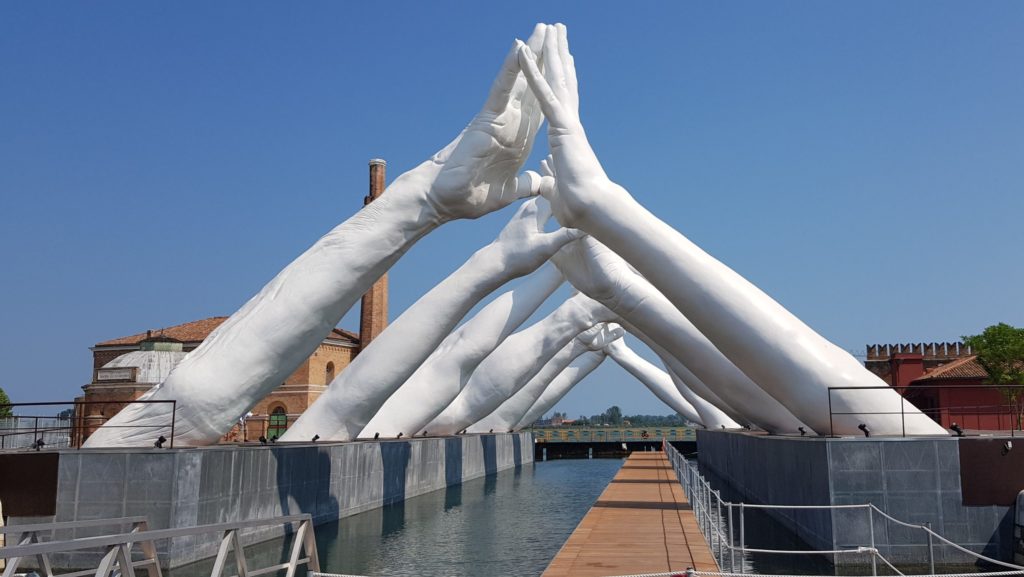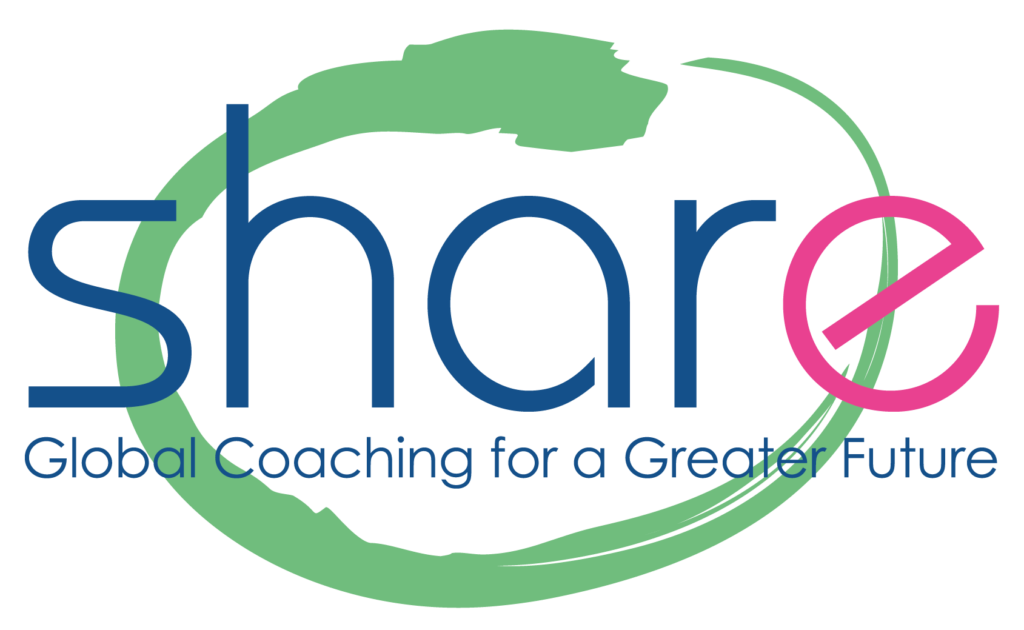This month I was planning to submit to the Executive Committee of a bank subsidiary a program that had already been defined by the Corporate.
When I contacted them in order to prepare the two-day presentation, both the HRD and the General Manager had expressed skepticism regarding the Corporate program, claiming that it was not suited to their needs. I then tried to reconcile both sides by offering to adjust, rather than change, the program. I was somehow caught between two fires: the Corporate which insisted that I deliver the same program throughout the company, and the Executive Committee members who had their own requests.
On D day, I submitted my program to nine members of the Executive Committee. Having identified individual and team issues, I realized that the program was not at all suited to their needs. In fact, had I followed the program for two days, both the program and myself would have borne the brunt of the members’ disapproval, since they would have felt that they were wasting two days in a very tense business context. I realized that the participants were on the lookout and would have lost all my credibility if I didn’t show some flexibility.
The decision that reversed the situation
I then did something that up to that moment I didn’t think possible: I looked at them and said: “All right, given the situation, the program as it is formulated is not suited. I think that some ideas could be useful, but not on the basis of the program’s terms. This means that you and I have two days to put together a program. Let’s do our best to make these two days useful, rich and meaningful.” No program, then, no central theme, just my head, my heart and their hearts.
I must confess that I felt I was leaping into the void and experienced both fear (what if it didn’t work? What if I was not equal to the task? What if we attained nothing useful?) and excitement. But I admit that fear was much stronger than excitement…I then called upon three personal resources:
- I let go of all kinds of control and told them explicitly that from now on we would have to work together in order to achieve something useful. I told myself that I would have to accept not knowing what we would do from one hour to the next, yet, just as in individual coaching, I had to trust the team and believe that they would succeed.
- I opened my heart to anything that might happen, banning judgment. Convinced that what I was doing was best for them at that particular moment, I took a deep breath and stood there, before them.
- I used the same techniques as in individual coaching: I asked the right questions at the right time, I reformulated them to make them think and challenge their beliefs.
The tasks of the first day
Question: For which issues do you have to join forces in order to meet your challenges?
Answer: Our strategic projects.
On the first day we therefore worked on:
- Defining strategic priorities
- Defining for each strategy a person responsible for the team and a sponsor within the Executive Committee
- Defining for each strategy a plan of action and identifying the short term steps
At the end of the first day we had defined all the projects and action plans for each project. The team was amazed at having succeeded in getting everything out in the open and having found an agreement on strategic priorities.
The tasks of the second day
Because of the success of the first day, expectations were high on the second day. The team members had no idea of what they wanted to do.
The night brought counsel. Furthermore I had spent a whole day observing them as well as their individual and collective dynamics. The next morning I presented them with three possible scenarios, adding that they were welcome to submit better ideas. They decided to do some in-depth work on the main shared hindrance: implementation.
I asked them to work as individuals and subsequently as a team on the basis of the Immunity to Change Map. The result of this in-depth work was well beyond my expectations, since it enabled them to start pinpointing the difficulties they faced. They were sincere, open but never aggressive. We worked on difficult issues, such as: are we the right kind of people for the Executive Committee? Which meant that some of the persons present might be excluded.
Having solved this problem after an animated discussion, we decided together to review the entire organization of the Executive Committee meetings by answering the following questions:
- Why do we exist as Executive Committee? What is our raison d’être?
- How can we get organized in order to meet our raison d’être?
- Which are the issues that we must discuss in the Executive Committee and which are the issues that are beneath our level and are within the area of responsibility of lower echelons?
At the end of the second day we had answered all the questions after an in-depth and sometimes difficult discussion as well as the entire team’s full-hearted agreement. We ended the day with a sequence of individual feedback so as to enable each member of the team to express his opinion on how to lay new foundations for a fruitful teamwork.
The adventure’s conditions for success
I was deeply moved by this unexpected success. While flying home after receiving their thanks and expressions of gratitude, I had to admit that I had done some very good work. I was exhausted, because the tension caused by not knowing what would happen, plus the fact of having to face, alone, nine demanding persons, was considerable.
After some days, with a rested and clear head, I thought about the success factors of this enterprise. This is what I found:
I. The factors that depend on the participants
- Having a homogeneous team or a team with a common goal. This kind of work based on inventiveness would not be feasible with a group of trainees who come from different teams or horizons.
- Having a particular issue at the moment of the meeting. Without an issue it is difficult to create the tension necessary to reach an objective.
- This issue must be shared by the team; otherwise the team members would not be interested in expending their energy to work on this issue.
- Being trusted by the most important persons in the team, in my case the General Manager and the DHR. This trust then “contaminated” the other team members. This last factor was the most surprising, because, before the two-day meeting I had only spoken to both persons on the phone but had never met them. I think that possibly two factors contributed to making me gain their trust; the first one is my 20-year experience as a coach, which gave me reliability; the second one is having told them on the phone that what really mattered was doing something useful for them.
II. The factors that depend on the coach
- Thoroughly trusting the team to understand what is important for them.
- Giving up all expectation of results. This may seem totally absurd since the team wanted a result, but nobody knew what kind of result. Besides, on the second day, I could have expected them to say certain things or unravel certain issues. Nut I didn’t. And it is precisely because I put aside all expectations about this objective that the team, when I least expected it, started speaking openly and tackling REAL sensitive issues. Just as in individual coaching, if the coach WANTS the result or has a program for his client, it is as if the coach absolved the coachee from the responsibility of knowing what kind of result he needs. It is a question of empowerment which means GIVING power to someone else, not half-heartedly, but with heartfelt generosity and confidence.
- Being ready and present either to ask them the right question, or challenge them, or make them face their contradictions, or offer a powerful feedback, or invite them to take a decision. Most of the time I just listened. I didn’t talk much during the two days, but preferred to concentrate on making the right remark at the right time. This is probably what tired me most, because this kind of attitude requires a maximum concentration at all times.
Shaking an old belief
When we train to become coaches, we are told that the secret of all successful actions is a solid preparation. Well, after my recent experience, I must confess that I threw out this conviction that I had held throughout my twenty-year career.
If the conditions I have just described are there, no preparation is necessary. I must add, however, that a minimum of experience in the coaching field is necessary before embarking in this kind of adventure. But now I KNOW that it is not necessary to plan: one should only make sure that all the appropriate conditions are present.
This enables both the coach and the client to save lots of time and money. Isn’t it wonderful?



